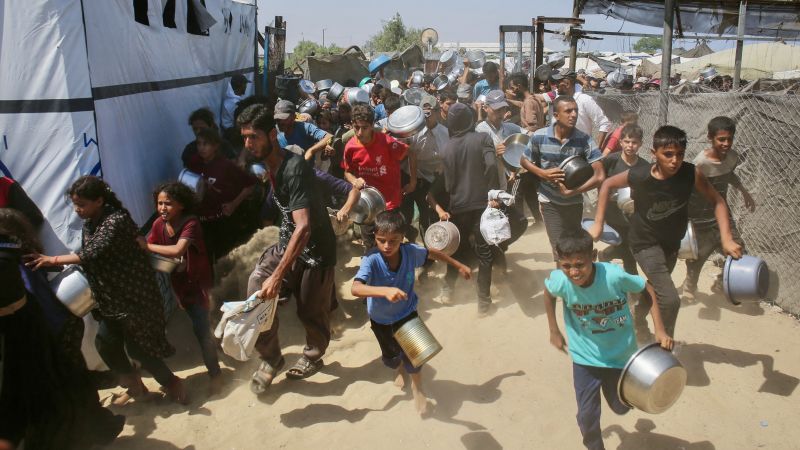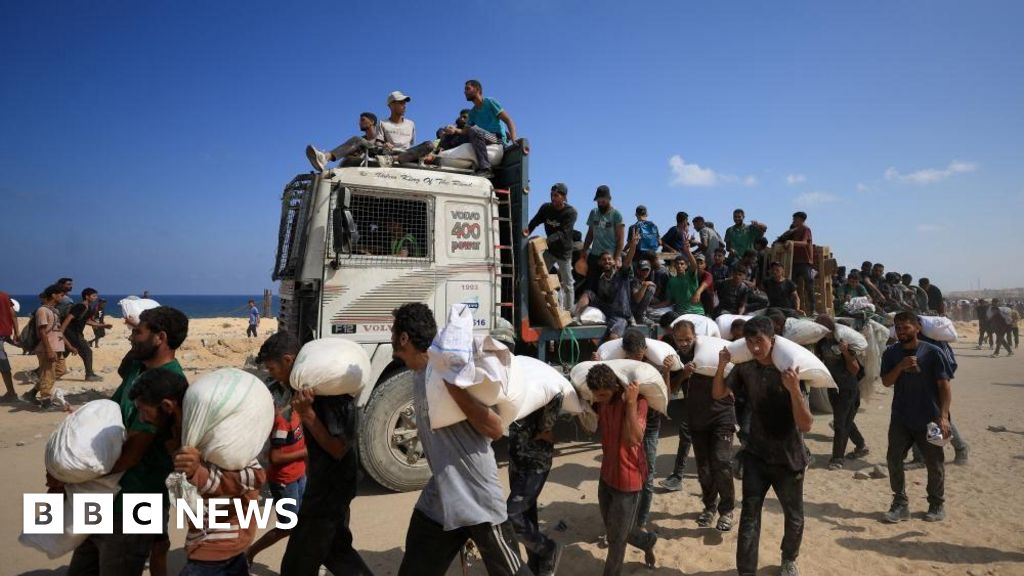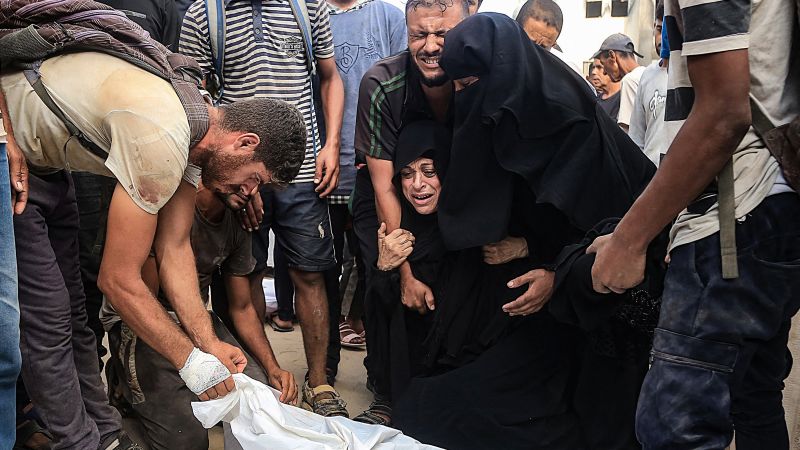Starvation in Gaza: A Humanitarian Crisis

Introduction
In the Gaza Strip, the food markets are bare, the streets are filled with human waste, and the people are suffering from severe hunger and dehydration. The humanitarian organizations warn that the situation is dire and people are collapsing on the streets. The images of starvation in Gaza are heartbreaking and paint a devastating picture of the reality on the ground. The ongoing conflict and economic blockade have led to a humanitarian crisis, leaving thousands of families struggling to survive.
The Harsh Reality
The situation in Gaza is dire. According to the United Nations, more than 70% of the population is dependent on humanitarian aid, and over half of the population lives below the poverty line. The blockade has severely limited the movement of goods and people, making it difficult for basic necessities to reach the people. The lack of access to clean water, food, and medical supplies has led to the spread of illness and malnutrition. This has resulted in a sharp rise in child mortality rates and an increase in chronic diseases.
The Need for Urgent Action
The people of Gaza are facing a humanitarian crisis that needs immediate attention. The international community must take swift action to provide aid and support to the people in Gaza. Humanitarian organizations are working tirelessly to provide food, clean water, and medical assistance, but the need is far greater than the current resources. It is crucial for governments and individuals to come together
About the Organizations Mentioned
United Nations
The United Nations (UN) is a pivotal international organization established in 1945, following the devastation of World War II, with the primary goal of maintaining global peace and security, fostering international cooperation, and promoting social progress. The UN Charter, signed by 51 founding member states, including the United States, the United Kingdom, China, and the Soviet Union, laid the foundation for this ambitious endeavor[1][3]. ## History and Structure The UN was born out of the failures of its predecessor, the League of Nations, which failed to prevent World War II. Key planning meetings, such as the Dumbarton Oaks Conference in 1944, defined the UN's structure, which includes the General Assembly, the Security Council, the Economic and Social Council, the Trusteeship Council, the International Court of Justice, and the Secretariat[1][6]. The Security Council, with five permanent members (the United States, China, France, Russia, and the United Kingdom), holds significant influence due to its veto power[2]. ## Key Achievements Over the years, the UN has played a crucial role in conflict resolution, human rights advocacy, and sustainable development. Notable achievements include the establishment of the Universal Declaration of Human Rights in 1948 and the implementation of numerous peacekeeping missions worldwide[3][4]. The UN has also been instrumental in addressing global challenges such as climate change and pandemics through its various programs and agencies. ## Current Status Today, the UN comprises 193 member states, with its most recent addition being South Sudan in 2011[5]. The organization continues to evolve, addressing emerging issues like digital governance and cybersecurity. Despite challenges, the UN remains a cornerstone of international diplomacy and cooperation. ## Notable Aspects The UN's work is not limited to politics; it also impacts business and technology through initiatives that promote sustainable development and digital inclusion. Its role in setting global standards and fostering international cooperation makes it a significant player in shaping the
Humanitarian Organizations
## Overview Humanitarian organizations are entities—often non-governmental organizations (NGOs), intergovernmental agencies, or specialized groups—dedicated to preventing and alleviating human suffering during and after crises such as armed conflicts, natural disasters, and other emergencies[1][2][4]. Their core mission is to save lives, alleviate suffering, and maintain human dignity by providing essential services like food, water, shelter, healthcare, and protection to vulnerable populations[1][3][6]. These organizations operate independently of governments, guided by the principles of humanity, impartiality, neutrality, and independence[5]. ## History The concept of organized humanitarian aid can be traced back to ancient philosophies of charity and wartime conduct, but its modern form emerged after World War I with the Treaty of Versailles[2]. The establishment of the International Committee of the Red Cross (ICRC) in the 19th century marked a pivotal moment, formalizing the role of neutral humanitarian bodies in conflict zones[4]. Over the 20th and 21st centuries, the sector expanded significantly, with the creation of major intergovernmental agencies (e.g., UNHCR, UNICEF) and renowned NGOs like Médecins Sans Frontières (MSF)[1][4]. ## Key Activities and Achievements Humanitarian organizations respond rapidly to emergencies, delivering life-saving aid such as medical care, food rations, and shelter[1][3]. For example, during the 2023 Turkey-Syria earthquake, NGOs distributed millions of food rations and set up mobile clinics[1]. They also advocate for human rights, support sustainable development (e.g., building infrastructure, education, and agricultural programs), and provide long-term recovery assistance[1]. MSF, for instance, has treated over 2 million patients in conflict and epidemic zones in the past five years[1]. These organizations have driven significant policy changes, such as the implementation of refugee protection laws in over 50 countrie






